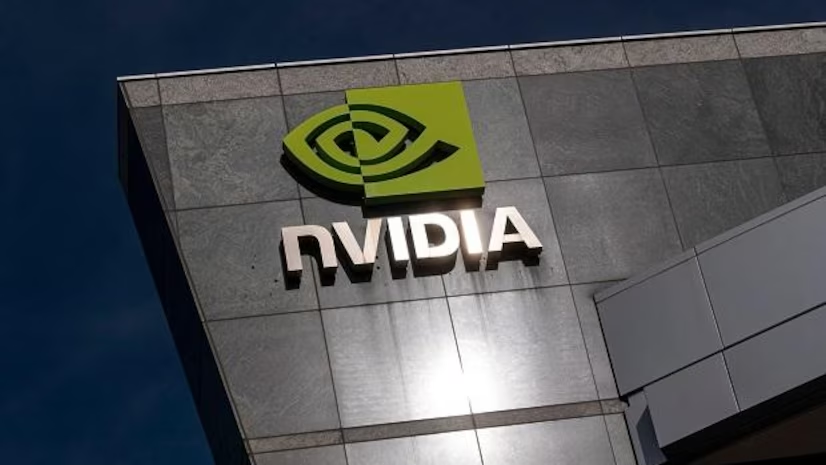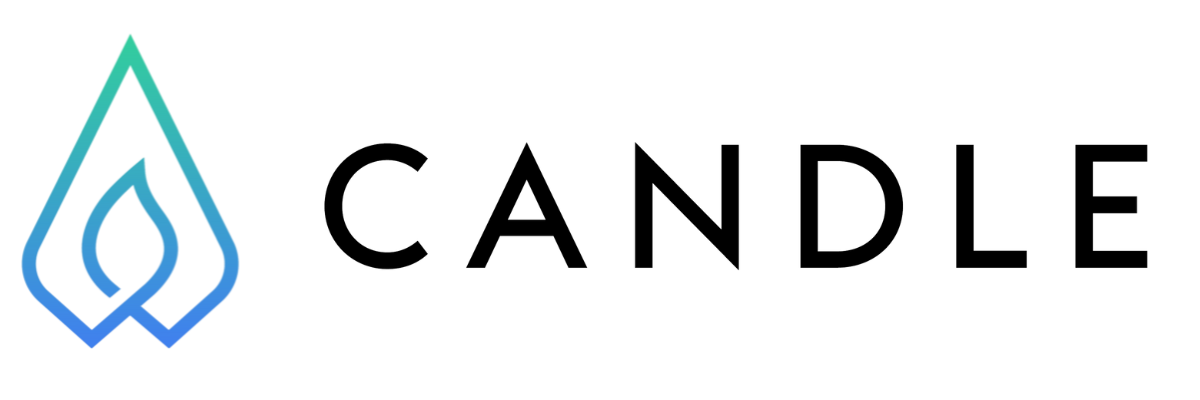The quest for employment has become increasingly digital. Job hunting today is a far cry from the days of newspaper ads and handwritten cover letters. While technology has streamlined some processes, it could be better. A rising chorus of tech professionals cites many challenges that make their job search daunting.
Needle in a Haystack
First, the sheer volume of opportunities can be overwhelming. Job seekers often spend hours each day sorting through hundreds of online job postings. Websites like Indeed, LinkedIn, and Glassdoor are treasure troves of job listings, but finding a position that fits your skill set, interests, and location preferences can be akin to looking for a needle in a digital haystack.
This hunt for the right opportunity is not only exhausting but also time-consuming. Estimates suggest that tech workers spend 11 or more hours per week looking for positions to apply to. Considering that the average tech professional earns $40 per hour, this equates to around $500 a week spent on job hunting, quickly escalating over weeks and even months of searching.
Time & Expense
Applications are often time-consuming, repetitive, and sometimes needlessly complex to process. When a job seeker finds a promising role, they must often customize their application, tailoring their resume and writing a cover letter for each job. Indeed indicates that 67% of job seekers tailor their resume to each job application, taking around 1-2 hours per application. This equates to more than $40-$80 per application, another substantial cost that mounts over time.
And then comes the frustrating process of retyping information into application forms. Even though your resume already contains all the necessary information, many online job platforms require you to enter it into their system manually. The time this process requires can vary greatly, but on average, it is thought to be around an additional hour per application.
When the job application requires additional documents or responses to bespoke application questions, this can amount to a significant amount of time throughout the job hunt. Imagine a tech professional applying for 30 jobs, spending 45 hours on customization alone!
This repetitive and unproductive process again translates into lost time and income.
Success Rates
The average job-seeker applies to around 27 jobs before landing an interview. So, for the average tech worker, that’s nearly 55 hours spent just on applications – a cost of about $2,200 at average wage rates, and that’s before we factor in the time spent researching positions, preparing for interviews, or dealing with application systems that are often non-user friendly or even technologically flawed.
Even more disheartening, data from Talentworks and others suggests that only 2% of applicants make it to the interview stage. This statistic underscores that despite the colossal effort and time tech workers invest in their job search, the success rate needs to be higher.
Furthermore, the often impersonal nature of online job hunting can lead to a sense of isolation and frustration. Automated rejection emails – if they come at all – provide little feedback, leaving job seekers in the dark about how to improve their prospects.
A New Approach
While online job hunting has opened up a world of opportunities for tech workers, the process has become a labor-intensive and often frustrating journey. High costs, both in time and potential income, and low success rates, underscore the need for a more streamlined, efficient, and human-centric approach to online job hunting. Employers and tech firms have an opportunity here – and indeed a responsibility – to leverage technology to make the job-hunting process more efficient and more empathetic to the people at its center.







